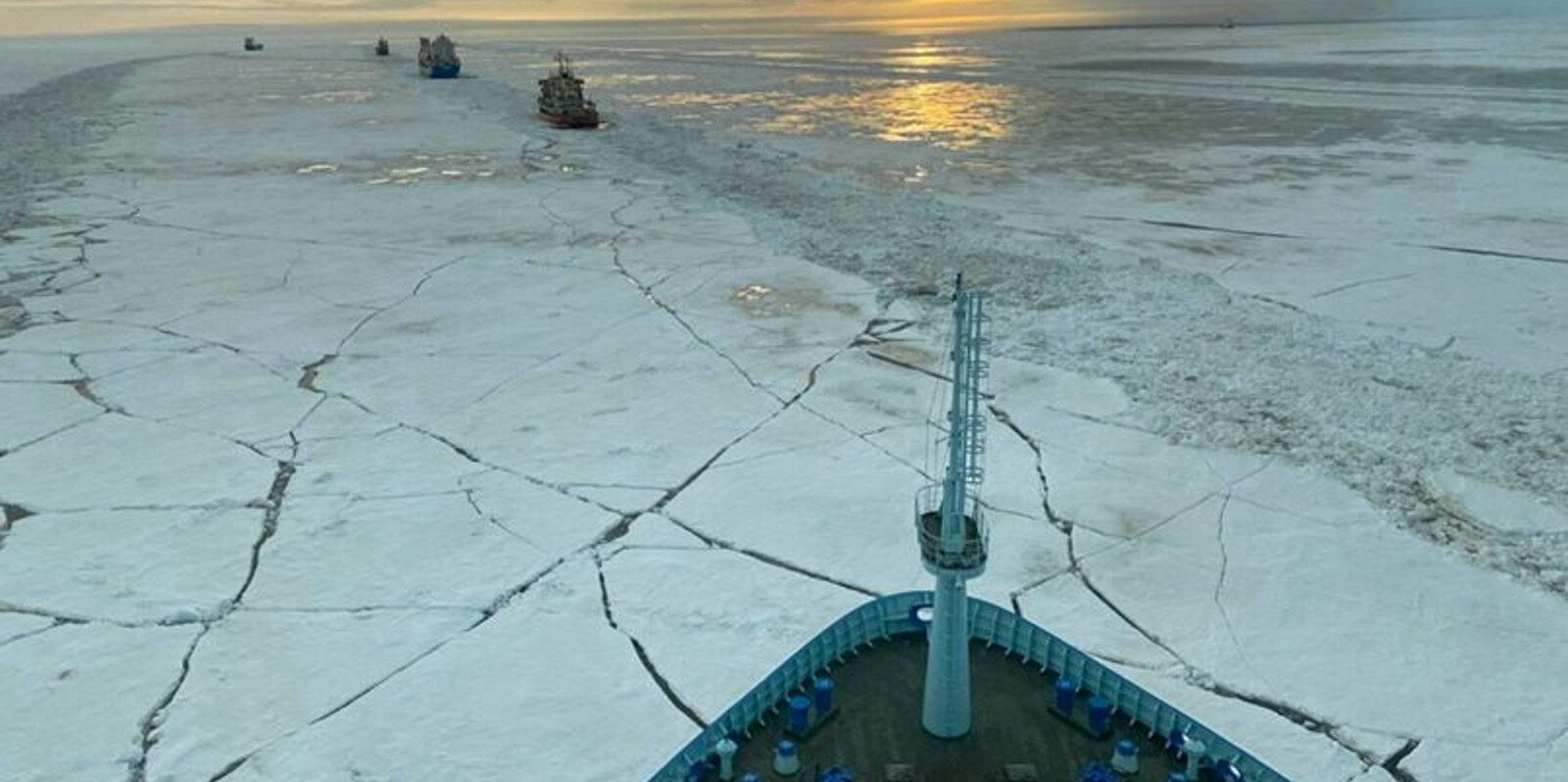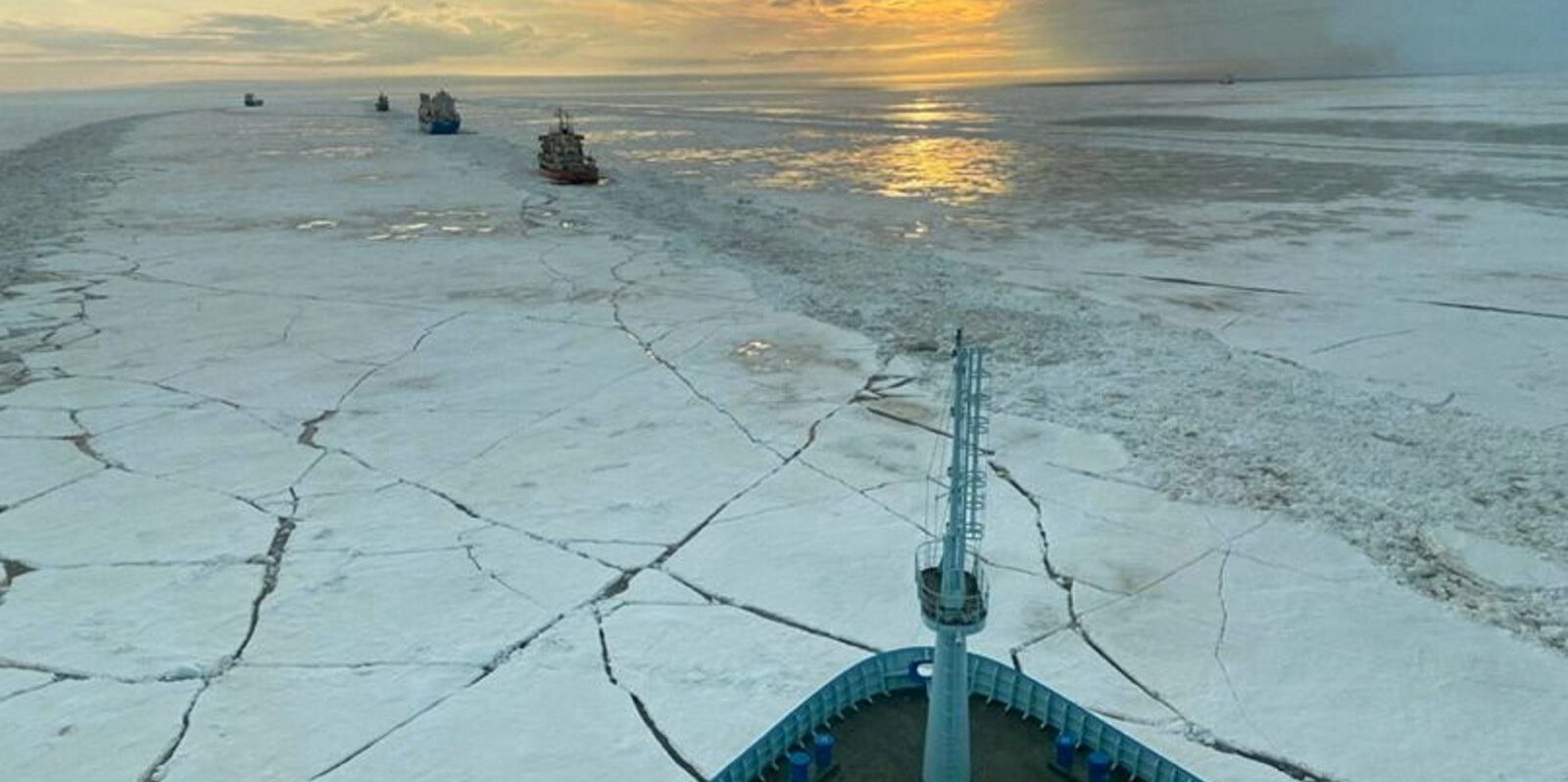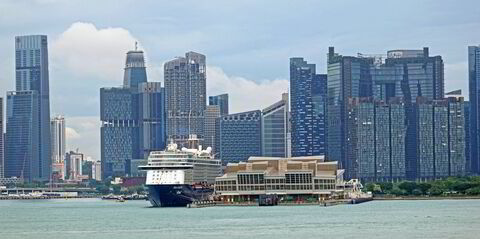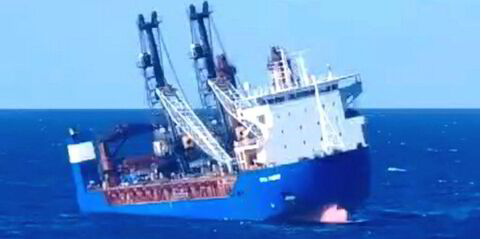Transit voyages through the Northern Sea Route (NSR) look set to hit record numbers this year, with most of the shipments moving between Russia and China, according to the Centre for High North Logistics (CHNL).
Its figures show that in the first nine months of 2024, some 2.4m tons of cargo has been moved on full transits of the NSR.
These comprised 79 voyages as logged by the centre, which is part of Norway’s Nord University.
About 95% of the cargo volume moved from Russia to China. Around 62% or 1.47m tons was crude oil; 27% or 646,000 tons comprised bulk shipments; and 6% or 153,000 tons was containerised cargo.
The CHNL said 28 of the transits were from Russia to China and 26 were from China to Russia. The other 25 were between Russian ports.
Forty-six of the transit voyages were for vessels carrying cargo — 31 in an eastbound direction and 15 heading west — with the remaining 33 in ballast.
The centre highlighted some voyages, including transit ballast passage from China to Russia of the 174,000-cbm LNG carrier newbuilding North Sky (ex-North Star), which had earlier delivered a cargo from the Yamal LNG project via the NSR to a Chinese terminal.
The 122-loa Chinese research vessel Xue Long 2 (built 2019) also passed from China to Murmansk, but did not formally enter the waters of the NSR, as the ice-breaking ship passed even further north in the area of 83-85 degrees of northern latitude.
CHNL managing director Kjell Stokvik noted that the volume of container ship traffic on these full transits has increased.
He said larger and older vessels are being sent through the NSR waters, which increases the risks for shipping in this ice-bound region.
The CNHL, which stresses that its data is on full transits and does not include oil and LNG exports via the NSR to the east, said transit navigation in 2024 will end soon, although some further voyages are in progress or expected.
The researchers said the favourable period for transits is likely to be much shorter this year due to “early ice formation” and “difficult ice conditions in the eastern part of the NSR”.
After 15 October, all vessels without ice class are restricted from operating in the eastern sector of the NSR, they said, and vessels with ice class 1 to 3 must leave the eastern areas by 20 October.





